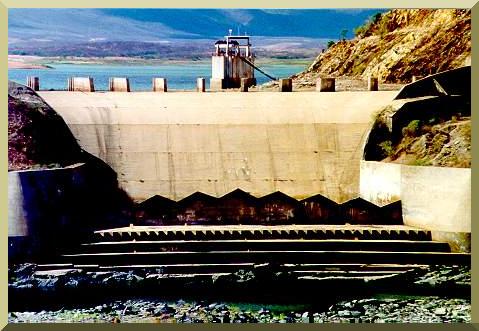|
In the Fall of 1993, I took a sabbatical leave
at the Universidade Federal do Ceará,
in Fortaleza, Brazil,
to study droughts at
Brazil's Drought Polygon.
At that time, the region was suffering from a crippling three-year drought.
Emergency plans were in place to transfer water from the Oros reservoir, in the
sertão (backlands),
to the urban center at Fortaleza.
The "Canal do Trabalhador" or "The Worker's Channel"
was being built expressely for the water transfer.
It was widely regarded as
a last ditch effort to mitigate the ravages of the drought.
The canal's alignment followed roughly along the coast of the state of Ceara,
a distance of about 100 km.
One day, I was invited by a local colleague
to join the daily reconnaisance flight which was documenting the progress of the
canal's tight construction schedule.
The flight lasted for about two hours, and the plane flew very low, as was required to
videotape the progress. My inexperience with low flights showed:
I threw up several times, using a convenient bucket that was onboard ostensibly
for that purpose.
After the plane landed, my colleague greeted me with a smile
and, all-too-aware of what I had gone through, asked me, point blank: "How many times?"
I knew exactly what he was referring to, and answered, meekly: "Three."
He said: "Good... that's not too many... other people had more than that."
| ||
|
|
